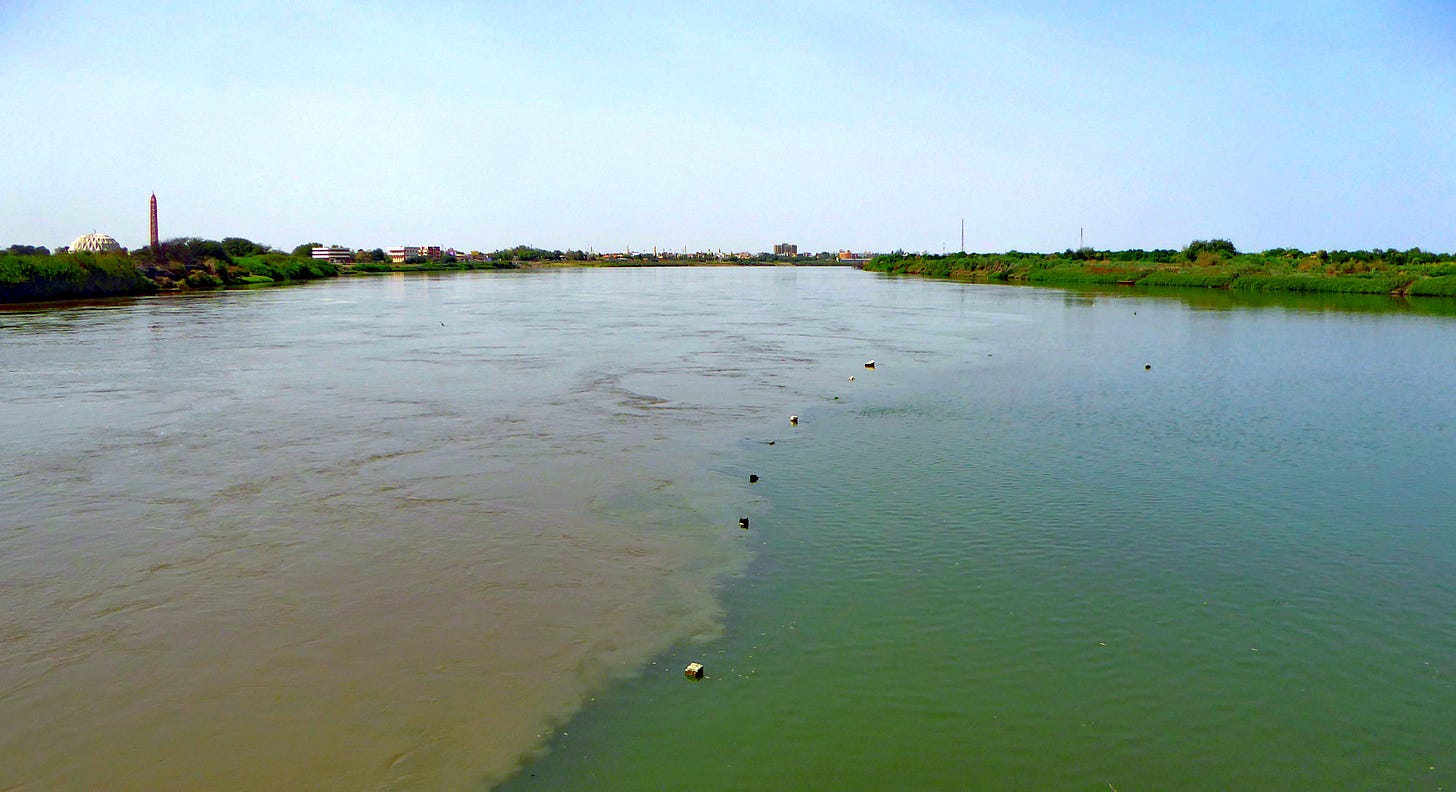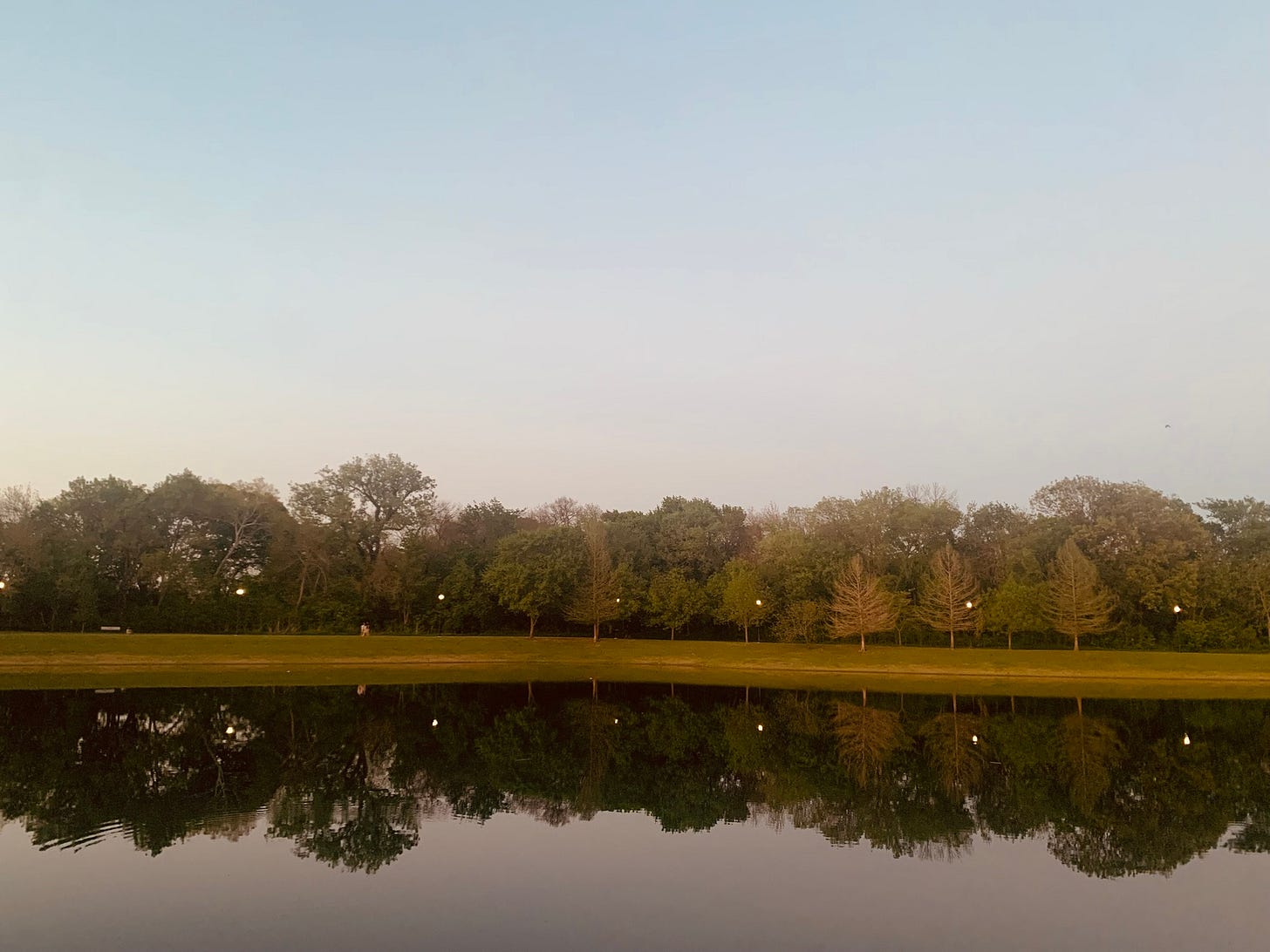Dear Friends,
It’s been two months since I sent a newsletter. We’ve had many newcomers join us since then. Thank you for being here. It honors me deeply that you’ve chosen this corner of the internet to give your attention to.
Normally, I send newsletters out at the start of the month. Last month was different. I chose not to send one since it coincided with a month-long social media break I decided to take. I also really just didn’t want to. Nevertheless, I understand that I owe you all a certain amount of consistency so, once again, thank you for your patience! If it helps to know, this time away was well spent. I hugged my mother a lot, went on walks, cuddled with my cats, planted a summer garden, perfected my breaststroke and curated a delicious poolside playlist to complement my annual summer playlist.
I hope you’ve been enjoying the podcast episodes. I know I have thoroughly enjoyed putting them together. When I decided to focus this year on the mythology and folklore of African land scapes, I knew it would be an education. What I didn’t anticipate was just how fun and intense this education would be! Much of what we know about African mythology and folklore relates to animals and humans. These stories communicate important ideas about personhood, relationships and community. But the space in which these ideas play out, the surface on which they trace their patterns and develop their distinct traits, is the natural world. It is through spiraling and yet longitudinal interactions with the natural world that we have formed and refined some of our most important ideas about who we are as individuals and as communities. Just ask the Tuareg about the Sahara Desert, the Fula about the Fouta-Djallon Mountains or the Aka about the forest.
For the average modern African, urban environments, computers, cellphones and other electronic devices are shifting the focus from the natural world as the container into which we pour our lives. We’re at the point where we’re grappling with whether the large language models on which AI is based can be trusted like a friend! Yikes. I can’t help but feel like we need more stories which emerged out of relationships of a different kind to temper the escalating amount of regressed-to-the-mean self-referentiality in the human experience. Landform myths – the stories we have told (and could tell!) to explain and memorialize our relationships with larger than life entities like deserts, plains and forests, hills, mountains and their valleys, lakes, rivers, and oceans, or that pond in the park down the street from where you live with a mysterious life of its own – might just have a role to play in this.
What to Expect from MA in June
We spent April learning about the Tanda pits of the Ganda, African flood myths, and tracing the Mount Cameroon and Virunga volcanic lines. In May, we trekked across the Sahara with the Tuareg and climbed into the Moroccan end of the Atlas Mountains. We ended May further north in Morocco’s Rif Mountains. In June, we continue our amblings across the African landscape with a long and leisurely sail up the Nile. So far, we’ve read two poems about this greatest of African rivers. One written in 1997 by Ethiopian Poet Laureate, the late Tsegaye Gebre-Medhin and the other, written around 2,100 BCE by Ennana, an ancient Egyptian pharaonic scribe. Almost 4,100 years separate these poems. Yet, they overflow with each poet’s well justified estimation of Nile’s preeminence. We will follow the river to its sources in Ethiopia and Uganda. As we go, we will learn the ways it has shaped the people on its path. Next stop, Sudan, where its two great tributaries meet.

You can also expect the next installment of the MA Quarterly Essay. These essays are where I wrestle with my thoughts and feelings about a variety of topics related to African myths and folklore, and the cultures out of which they emerge. In the first of this year’s installments, I discussed the continued relevance of storytelling traditions in contexts we might not expect. (I’m still looking for a banger Amapiano song that could teach children what to do if they wound themselves when an adult is not around.) The second installment will be a bit more personal; a reflection on how studying myths and folklore from the African continent for all these years has affected my self-perception. I’ll also share some popular African archetypes I hope we can let go of (at least for now) so we can grapple with urgent realities. I hope you stay for it all!
Thank you, once again, for being here.
Be well,
Helen




